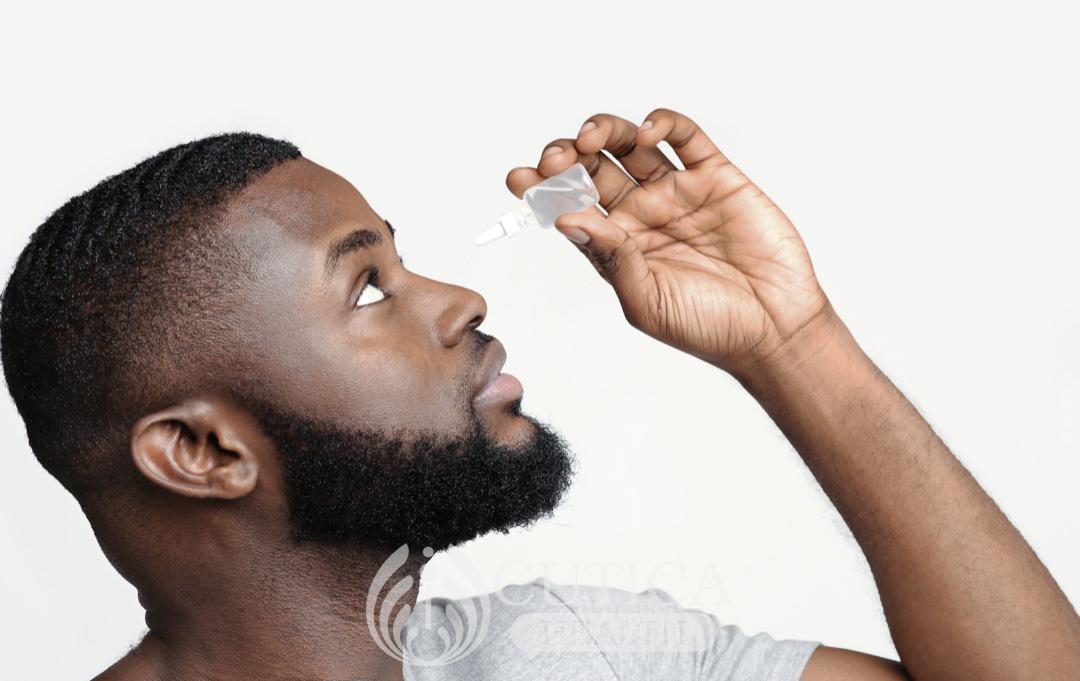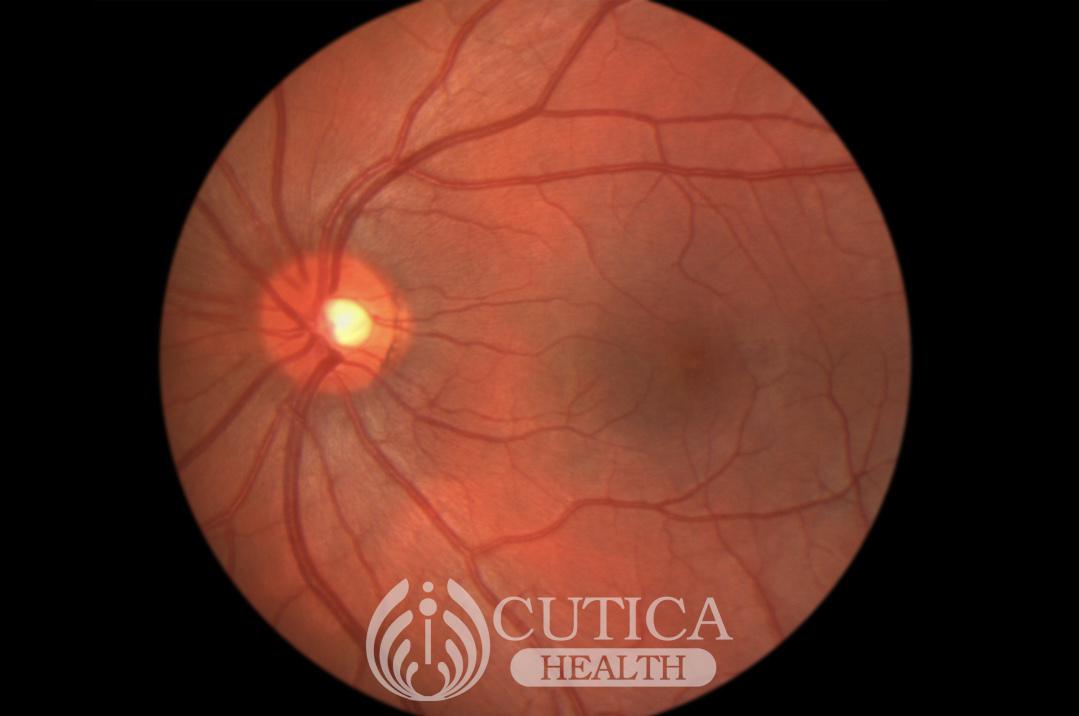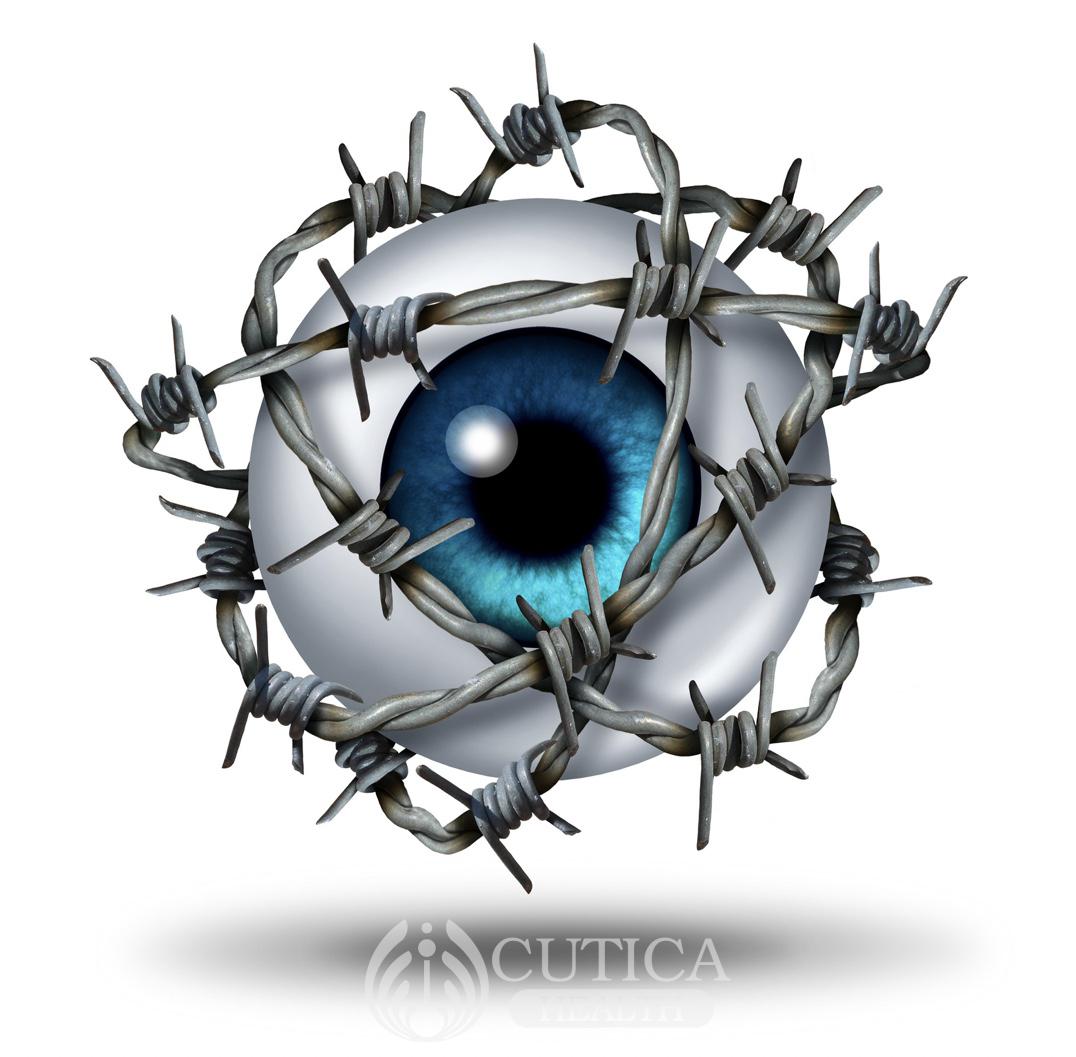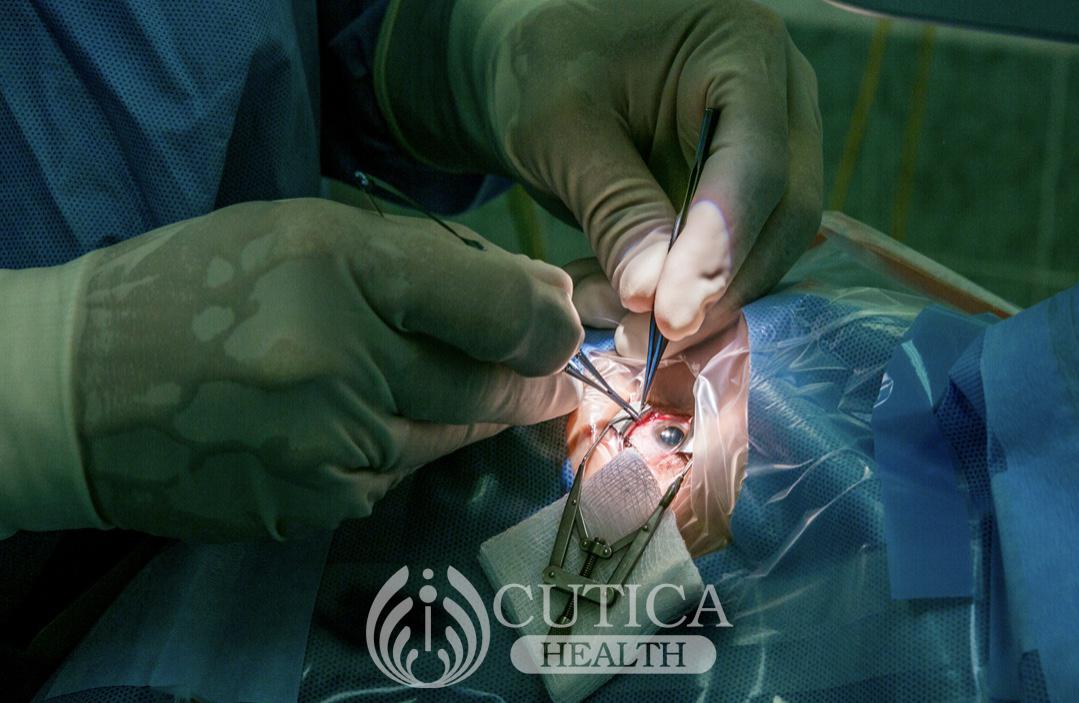
Have you ever used dimmable LED bulbs in your home? You know it has a dimmer control that can be adjusted to set how bright or dim you want your light bulb to be.
Now imagine, you have set the bulb to the brightest level. Suppose someone sneaks up behind you and dimmed the light just a little, you likely would not notice. If they do it again, you still wouldn't notice.
In fact, if the dimmer has a scale of 1 to 10, you may only get to know your light bulb has been dimmed by the time the control is at 4 or 3. Well, this is what happens when you have Glaucoma.
You are not aware you are losing your vision. And by the time you begin to experience symptoms, irreversible peripheral (outer corners of your eyes) vision loss has already occurred. Sad, isn't it? As if that isn't enough, there is a less common type of glaucoma that can occur suddenly causing total blindness in minutes.
Glaucoma is a group of eye disorders that causes permanent vision loss by damaging the optic nerves. Think of the optic nerves as wires transmitting information from your eyes to the brain.

Damaged optic nerves cannot send information from the eyes to the brain, meaning you can't see. What are the symptoms? What causes glaucoma? How can it be treated?
How do you know when you have Glaucoma?
The symptoms you experience with glaucoma depend on the type involved. There are two main types.
Open-angle glaucoma develops slowly with no symptoms aside from a gradual loss of side vision. It is often called the "sneak thief of sight". This is the most common form of glaucoma, and it affects millions of people. It is one of the most common causes of blindness in Africans. If there is a history of blindness in your family, make sure you get your eyes checked. Don’t wait until you have symptoms.
Acute angle-closure glaucoma on the other hand is an emergency and is much less common. Persons with this will likely seek medical attention right away because symptoms include intense eye pain and sudden headaches with cloudy or blurry vision, nausea and vomiting, color rings around lights "halos", eye redness and swelling, and sudden loss of sight.
What Causes Glaucoma?
- Elevated Eye Pressure: This happens when there is a blockage in the drainage or distribution of aqueous, (water-like fluid in the eye) increasing eye pressure, causing tension and compression of the optic nerves.

This damages the optic nerves at the back of the eye resulting in vision loss. Most cases of glaucoma are a result of increased eye pressure.
- Reduced Blood Flow: The optic nerves could also be damaged due to reduced blood flow. This happens when blood vessels supplying blood to the optic nerves become constricted.
When deteriorated optic nerves cannot function, blind spots develop in your field of vision.
- Congenital Malformations: Gene mutations can cause glaucoma at birth. The eye drainage system may not develop properly. This is also called congenital or childhood glaucoma.
What are the Risk Factors?
- Age: The risk for glaucoma is higher among people aged 40 years and above.
- Certain Medical Conditions: Diseases such as diabetes, hypertension, migraines, sickle cell anemia increases your risk for glaucoma.
- Eye diseases/Trauma/Structure: Eye diseases such as cataracts, blunt injury to the eyes, previous eye surgery or thin cornea (clear front surface of the eye) can increase your risk for glaucoma. Having higher than normal eye pressure also is a risk factor. Research has shown that severe nearsightedness puts you at greater risk for glaucoma.
- Family History of Glaucoma: Glaucoma tends to run in families. Having a sibling or parent with glaucoma puts you at greater risk for the disease.
- Long-term Use of Steroids: Prolonged use of steroid medications increases your risk for glaucoma.
- Race: People of African descent, Asians, Hispanics have genetic factors that increase their risk for developing glaucoma.
Treatment of Glaucoma
Glaucoma is preventable and treatable. But if you already have some vision loss from glaucoma, that is not reversible. Further damage can be prevented with regular check-ups and appropriate treatment.
- Eye Drops: Prescription eye drops are used to either reduce the amount of fluid secreted by the eyes or to increase the drainage of fluid from the eyes. The purpose of this is to maintain eye pressure within normal ranges, preventing optic nerve damage and vision loss.
- Oral Medications: Oral medications may also be used to reduce pressure in the eyes, especially when eye drops alone don't do the work.
- Surgery and Laser Therapy: This is used to unclog tubes, implant tubes or create exits to aid drainage of fluid from the eye. This controls eye pressure.

With a healthy lifestyle and proper treatments, you can live a normal independent life, even if you have glaucoma. If you believe you don't have glaucoma, but you haven't had an eye exam in a long while, don't wait to be blindsided, schedule an appointment with your ophthalmologist.












